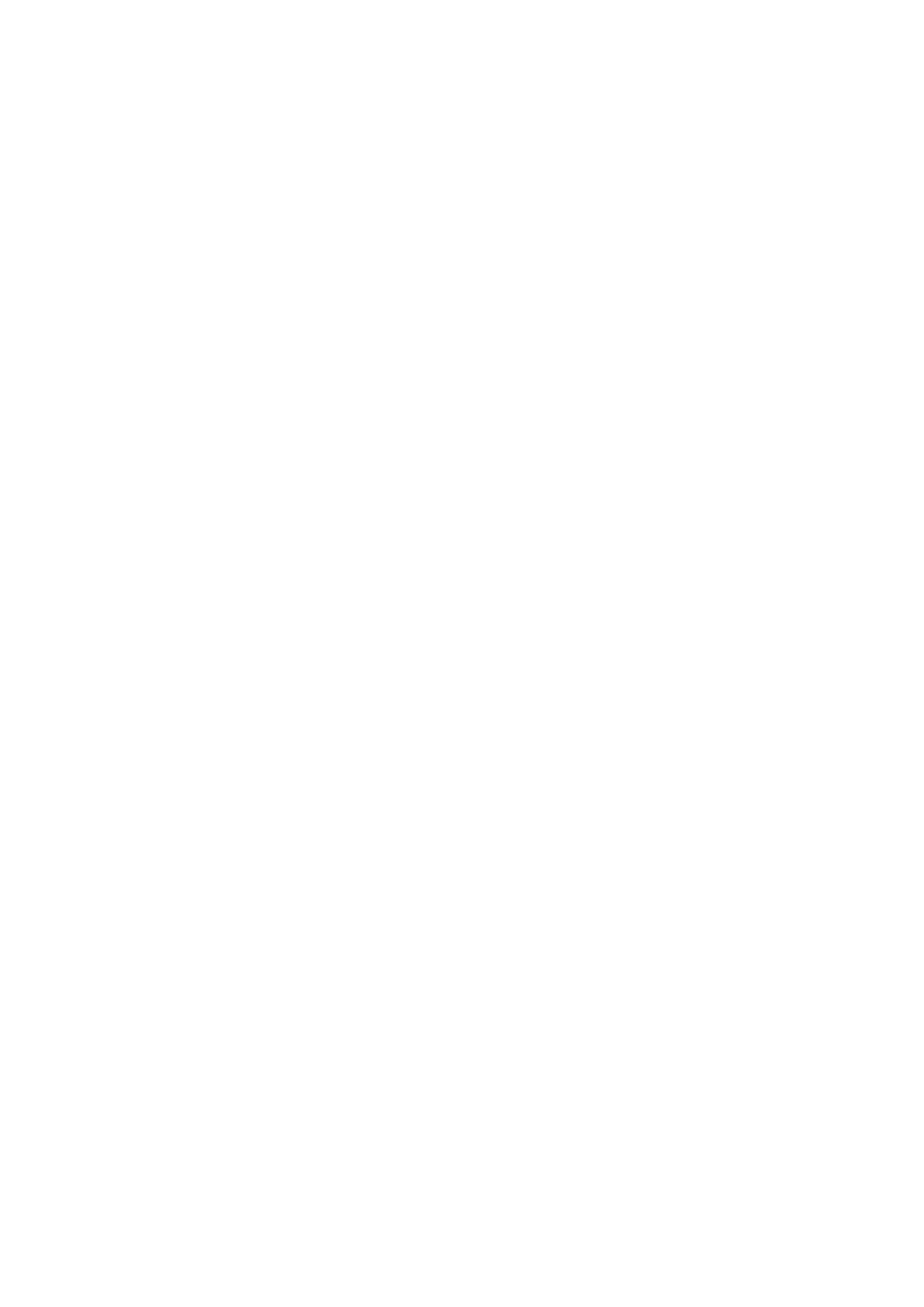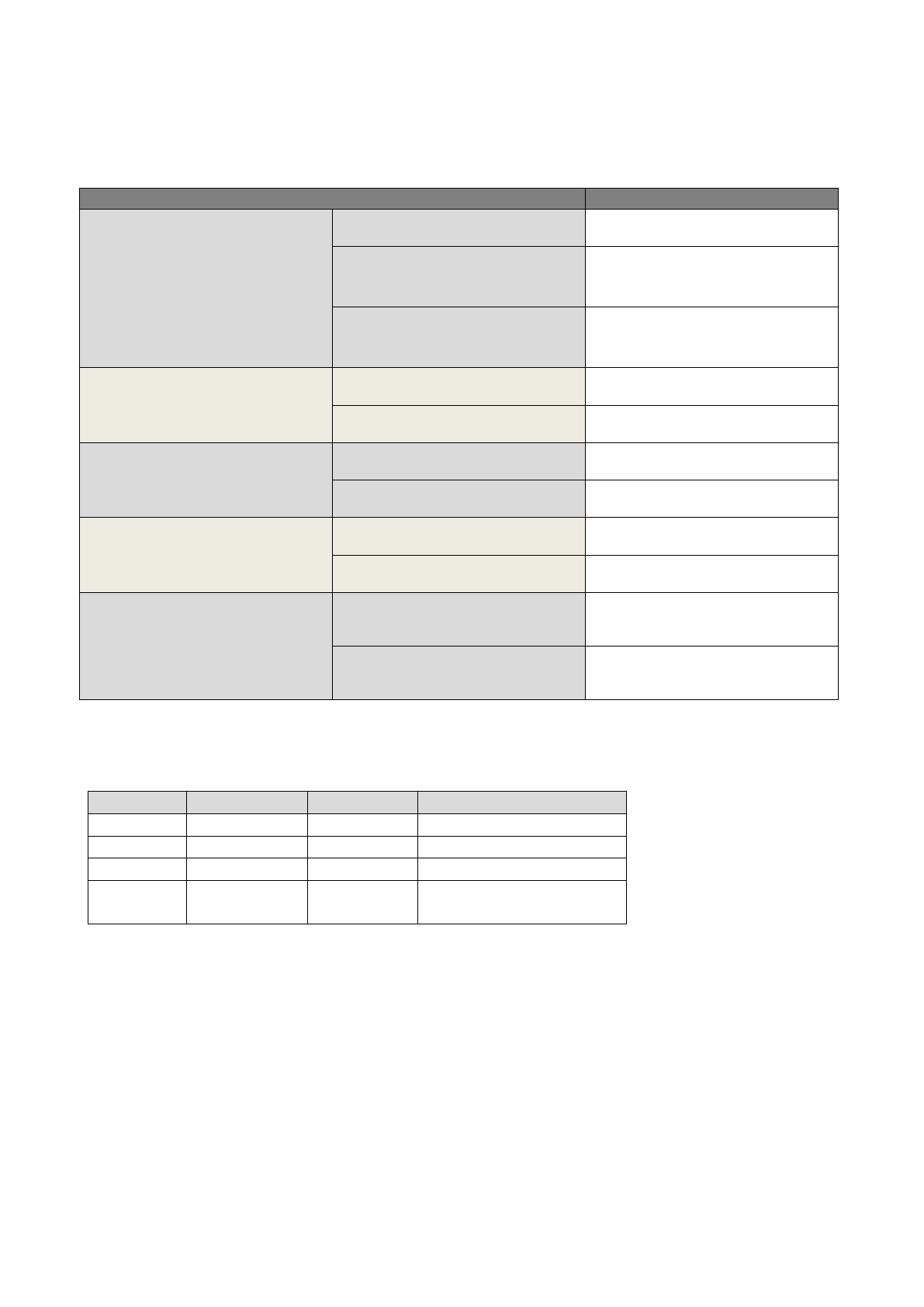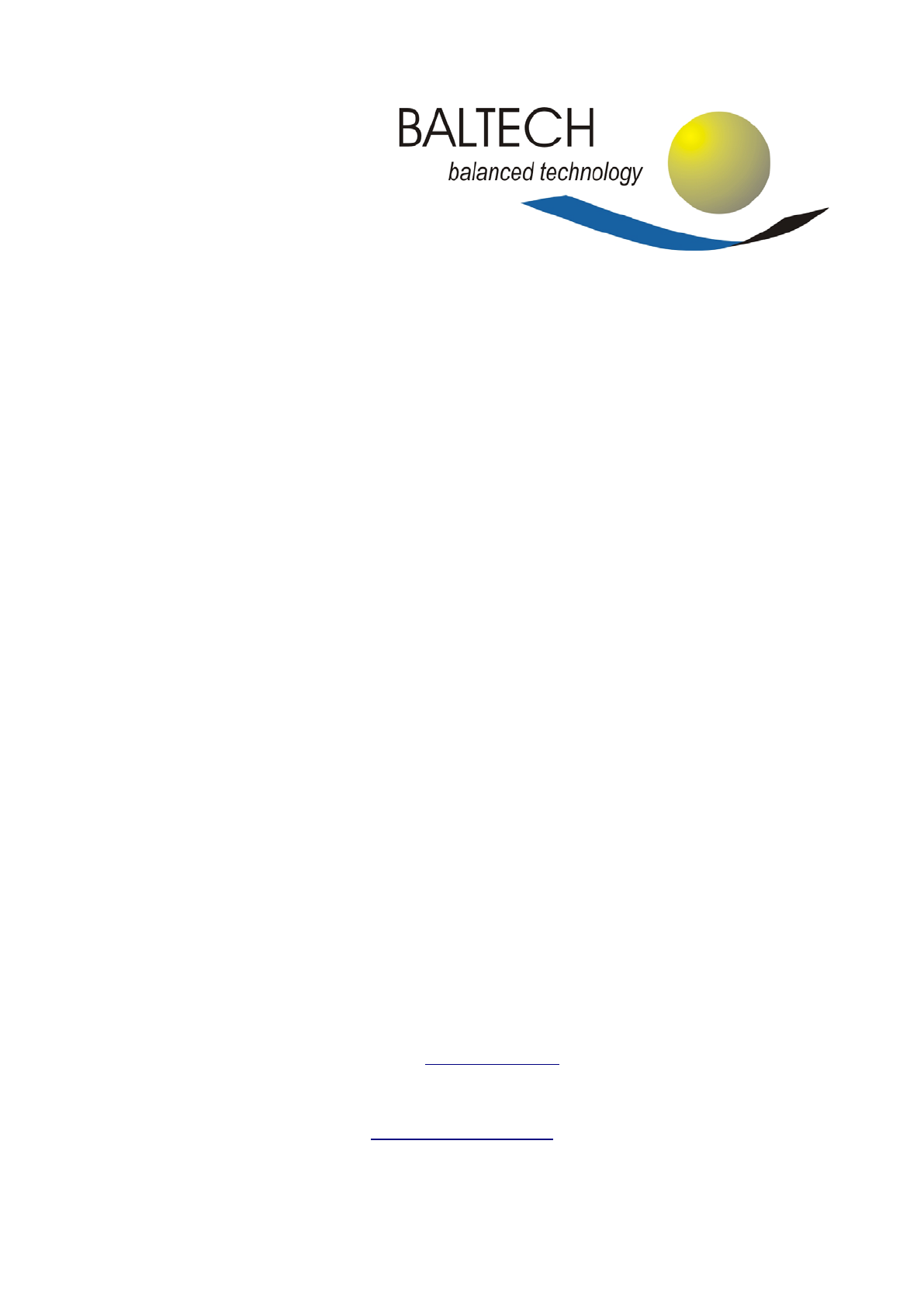Baltech 10089200A03B IDE-XG-125-USB User Manual UserManual
Baltech AG IDE-XG-125-USB UserManual
Baltech >
UserManual.pdf

- 2 -
Introduction
The “10089-2XY” is a contactless desktop smart card USB reader and writer which
supports all major 125 kHz family cards.
Mounting and Connection
The reader generates a magnetic field at 125 kHz frequency which could be influenced by
any electrically conductive material close to the device.
To ensure good performances and functionalities in terms of read range and reliability a
minimum distance of 10cm from such materials is required. Mounting the unit directly to
metal would result in a severe reduction of read range down to zero functionality. Care
should be taken when testing the device after mounting at a problematic environment:
Read ranges and performance vary from card to card and very much from card to tag or
key-fob.
When mounting multiple readers, the distance between readers should be minimum 0.5 m
in order to avoid degradation of performance due to interference.
To connect the device to a host system (a printer or a PC), please make sure that the
system provides an USB socket intended for connection of the reader.
Operation
Whenever the device is connected to the USB-Host, it will switch on the internal antenna
and periodically scan for a card. Once a card has been detected, the card number is read,
the data converted and sent to the host system through the USB Interface. To enable the
device to read cards, tags and key-fobs successfully, they should be placed centred above
the reader.

- 3 -
Technical Features
Parameters
Descriptions
RF-Characteristics
Operated Frequencies 125KHz
Data transmission
modulation reader to card:
ASK
Data transmission
modulation card to reader:
AM/Load modulation
Interfaces Host USB: Full speed 2.0
Human
LEDs, Buzzer
Power Supply [VDC] USB bus powered: 5 (±5%)
Consumption [W] 0.5 typ
Temperature Operating [°C] -20 to +65
Storage [°C] -25 to +85
Humidity Operating[%] 20 to 80 relative humidity; non
condensing
Non Operating [%] 10 to 90 relative humidity; non
condensing
Pinout 4-Pin USB-A plug and Signal Descriptions
Pin
Name
Type
Description
1
PWR
Power
5V Power Supply
2
D-
Output
USB-Data inverted
3
D+
Input
USB-data
4
GND
Power
Signal and Power
Ground

- 4 -
General regulatory requirements
FCC ID OKY10089200A03B
IC: 7657A- 10089200
NOTICE:
This device complies with Part 15 of the FCC Rules and with Industry Canada licence-
exempt RSS standard(s).
Operation is subject to the following two conditions:
(1) this device may not cause harmful interference, and
(2) this device must accept any interference received, including interference that
may cause undesired operation.
Le présent appareil est conforme aux CNR d'Industrie Canada applicables aux appareils
radio exempts de licence. L'exploitation est autorisée aux deux conditions suivantes:
(1) l'appareil ne doit pas produire de brouillage, et
(2) l'utilisateur de l'appareil doit accepter tout brouillage radioélectrique subi, même
si le brouillage est susceptible d'en compromettre le fonctionnement.
Changes or modifications made to this equipment not expressly approved by BALTECH
AG may void the FCC authorization to operate this equipment.
NOTE: This equipment has been tested and found to comply with the limits for a Class B
digital device, pursuant to Part 15 of the FCC Rules. These limits are designed to provide
reasonable protection against harmful interference in a residential installation. This
equipment generates, uses and can radiate radio frequency energy and, if not installed
and used in accordance with the instructions, may cause harmful interference to radio
communications. However, there is no guarantee that interference will not occur in a
particular installation. If this equipment does cause harmful interference to radio or
television reception, which can be determined by turning the equipment off and on, the
user is encouraged to try to correct the interference by one or more of the following
measures:
• Reorient or relocate the receiving antenna.
• Increase the separation between the equipment and receiver.
• Connect the equipment into an outlet on a circuit different from that to which the
receiver is connected.
• Consult the dealer or an experienced radio/TV technician for help.

